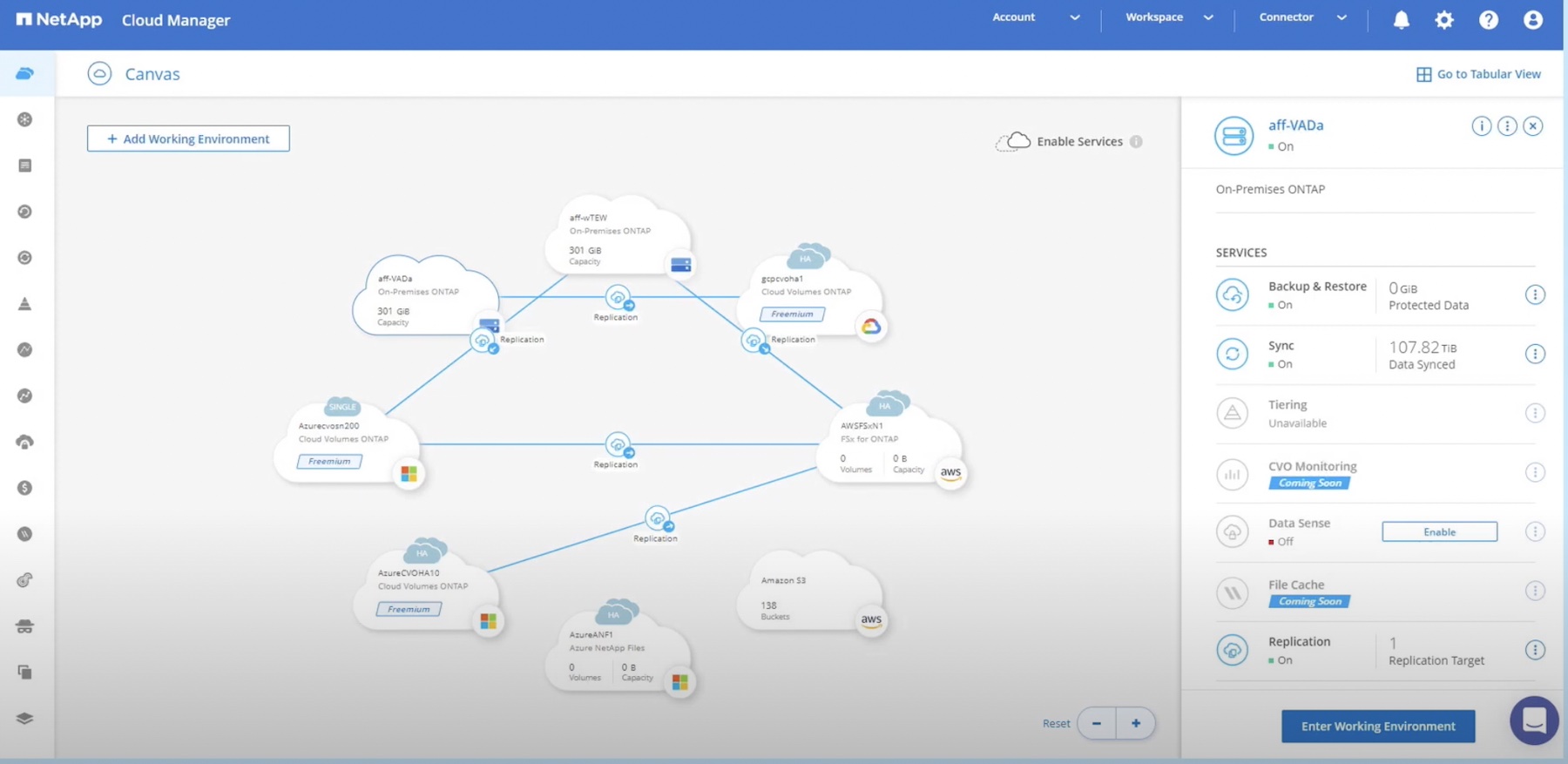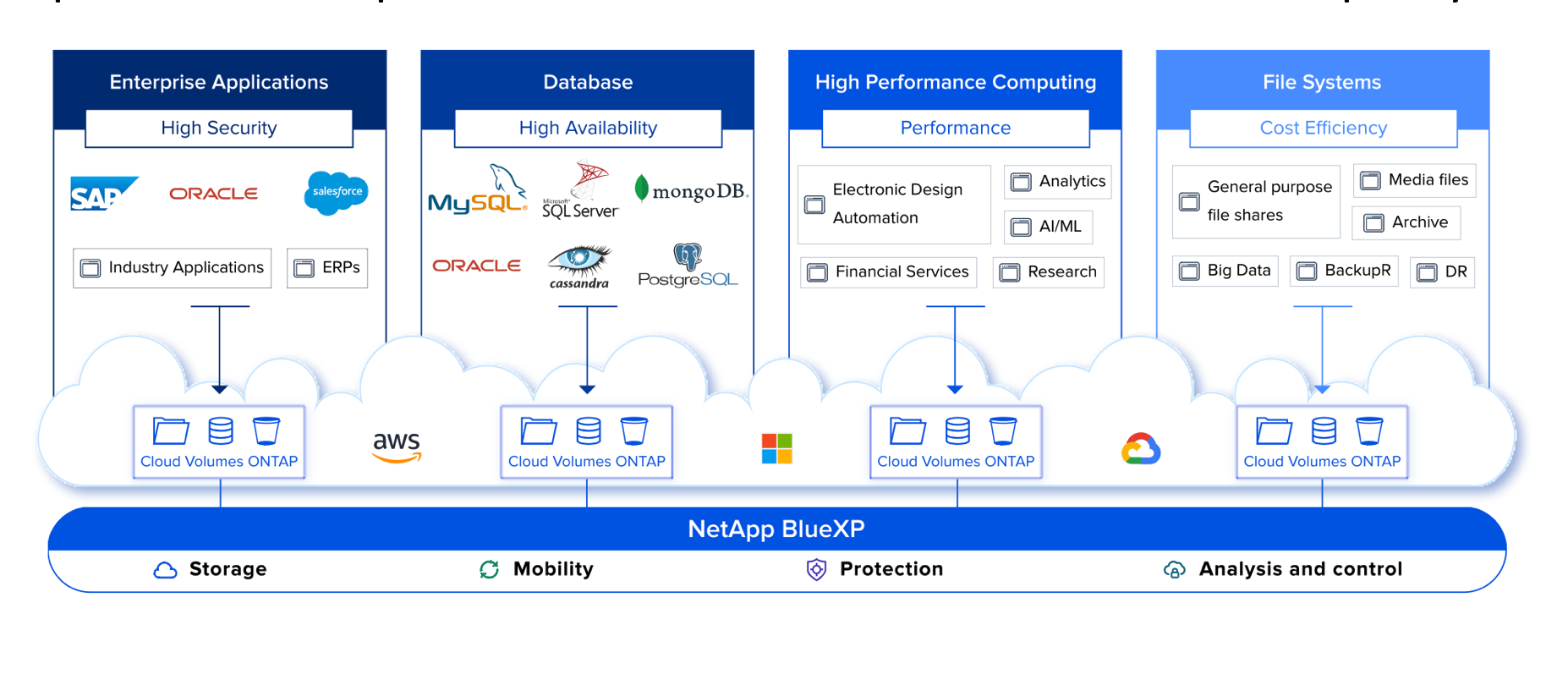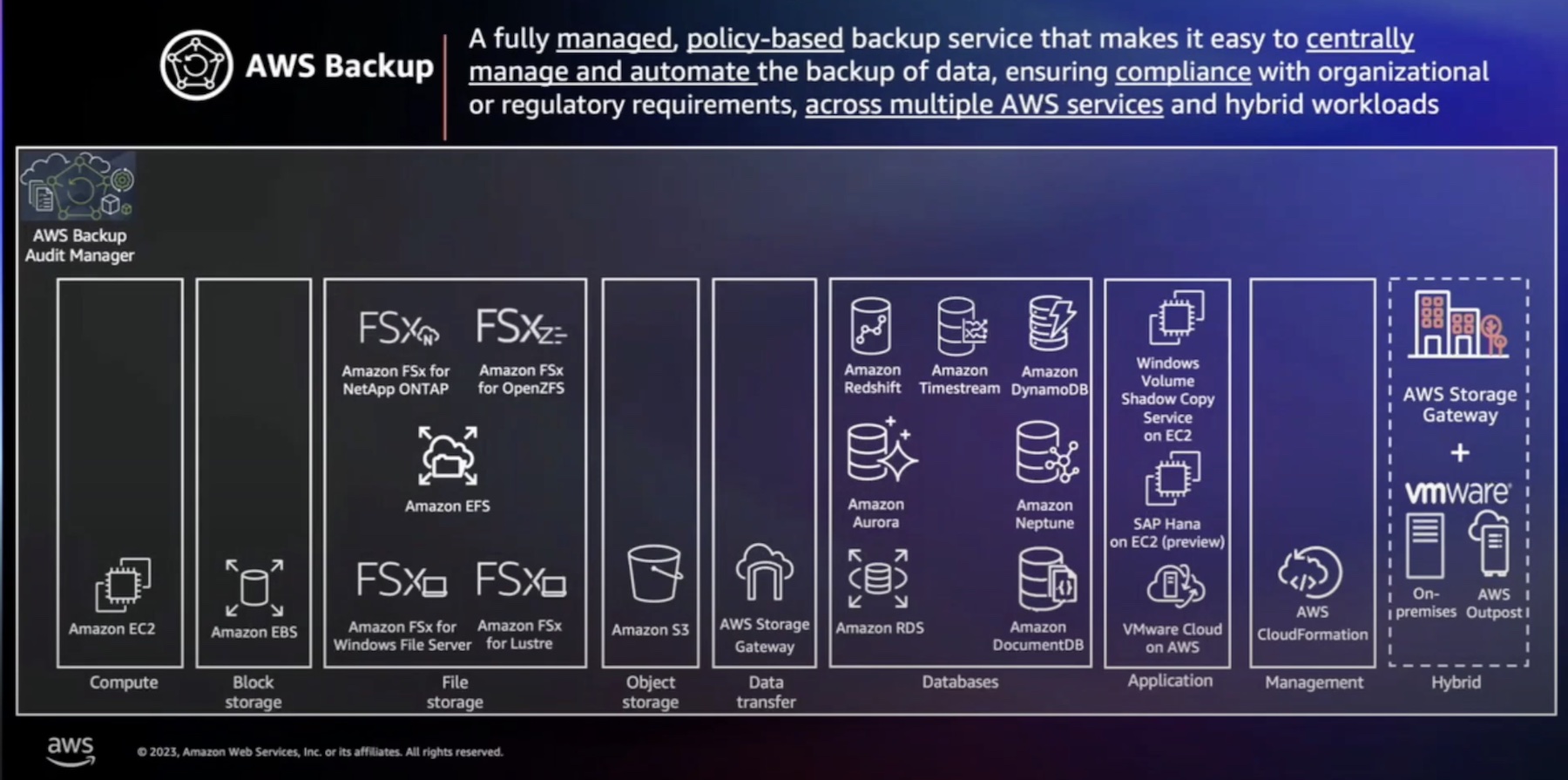I love getting into the nuts and bolts of technology. Even if something flies over my head, I still enjoy seeing the process behind things. But even with an ingenious bit of technical wizardry, sometimes it’s easy to lose sight of a bigger picture. There’s no shortage of brilliant technology over the years that’s been let down by poor business management, marketing, and positioning. Sometimes, just as important as how a particular piece of technology actually works is how it fits into the broader technological landscape.
I recently watched a brief talk given by Dave Hitz, a founder and Executive VP at NetApp. His particular portion didn’t get down into the weeds of what NetApp is bringing to the table with their Data Fabric or StorageGRID. There were presentations before he spoke that sated my need for technical details. Instead, Dave focused on giving a broader vision of what NetApp was trying to do. This is always a bit of a risky bet when addressing a more technically minded crowd. It’s easy to sound grandiose with your overall corporate vision, and too often these talks stray into marketing. Fortunately, Dave took the time to make it an engaging discussion.
Dave set the table for the discussion by reviewing how NetApp approached the cloud. The company doesn’t see the cloud as a zero-sum game with on-prem storage. Perhaps this isn’t the most bristling of insights in 2017, but as a point of corporate strategy, it’s easy to lose sight of sometimes when all corporate enthusiasm seems to lean toward AWS and the public cloud. Enterprises aren’t just in a holding pattern as they wait to adopt the public cloud, for a variety of reasons it just doesn’t work. Does that mean everything is moving back to on-prem? No, instead NetApp is making plans for the inevitably complex world of the hybrid cloud.
How does the company frame the impact of the cloud? Dave equated it to the impact of the iPhone. It didn’t just disrupt the phone market, it upended what consumers expected from technology in general. The cloud has had a similar impact. Enterprise customers like the idea of only paying for what they’re using, with dynamic provisioning. It’s the challenge for traditional on-prem vendors to adapt.
NetApp is doing this by splitting their offerings into four distinct flavors. The first and perhaps most obvious are cloud native services. You can go into the AWS Marketplace right now and download ONTAP Cloud, no hardware strictly required. It’s a pure cloud play with their stuff running on Amazon.
It gets more interesting down the line. On the other end are on-prem solutions that have been “cloud inspired”. This is where the cloud is really shaping all ends of enterprise IT. People expect, for better or worse depending on their business, a certain model of consumption, just like a touch screen has seemingly become table stakes on most consumer electronics. So NetApp has moved to add in consumption-based pricing models for on-prem ONTAP. And while physical infrastructure will never be as easy as a one button cloud deployment to add compute, NetApp also invested in bringing converged infrastructure to customers, bringing pre-wired boxes to sites and designing them to minimize time from boot to business. There are certain physical limitations to this, but the approach is the same.
In between these two extremes comes what Dave called Cloud Connections for hybrid cloud deployments. This effectively covers a lot of what they’re doing with their flash SolidFire offering, putting the storage on the edge and leaving compute in the cloud. In the coming age of IoT, storage will only be more in demand, and giving people the security of on-prem with the scale of cloud compute seems a smart offering, with flash servicing to mitigate at least some of the inherent latency.
But what really struck we was the end of Dave’s talk. When dealing with customers at the scale that NetApp does, a lot of the times an individual product isn’t as much of a selling point, so much as having a consistent architecture. This was the idea behind NetApp’s Data Fabric, which servers as and interconnection and management model for many of their services and solutions. They envision this being their main value proposition to a lot of organizations, a well thought out and implemented core, which customers know they count on. Some might want to call NetApp a legacy player in the storage market. I don’t think they have a problem with that. But they’ve made strides in the past two years not to simply settle on their legacy. They’ve firmly moved into the all-flash array market, and are smartly changing their business models to adapt to the changing tide of the cloud. Cloud may not be a zero-sum game, but businesses need to accept that it’s business model is going anywhere anytime soon. Based on Dave Hitz’s talk, NetApp has taken that lesson to heart.





[…] NetApp’s Dave Hitz on the Cloud […]
[…] March, founder Dave Hitz gave a talk about how “cloudification” has been a pivotal moment in enterprise IT. That companies […]